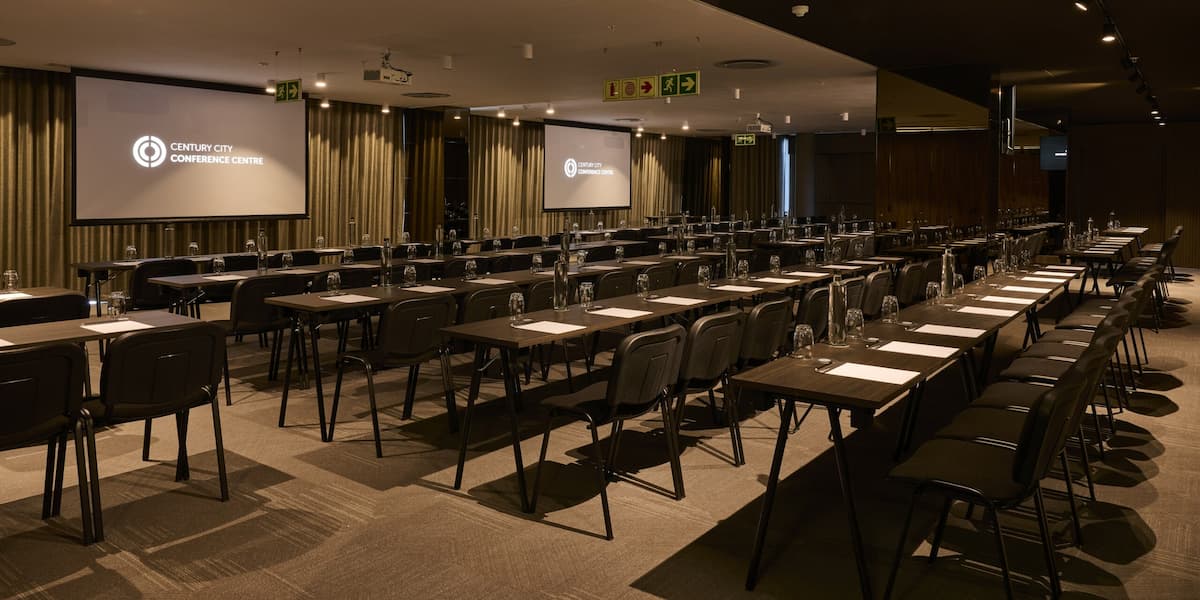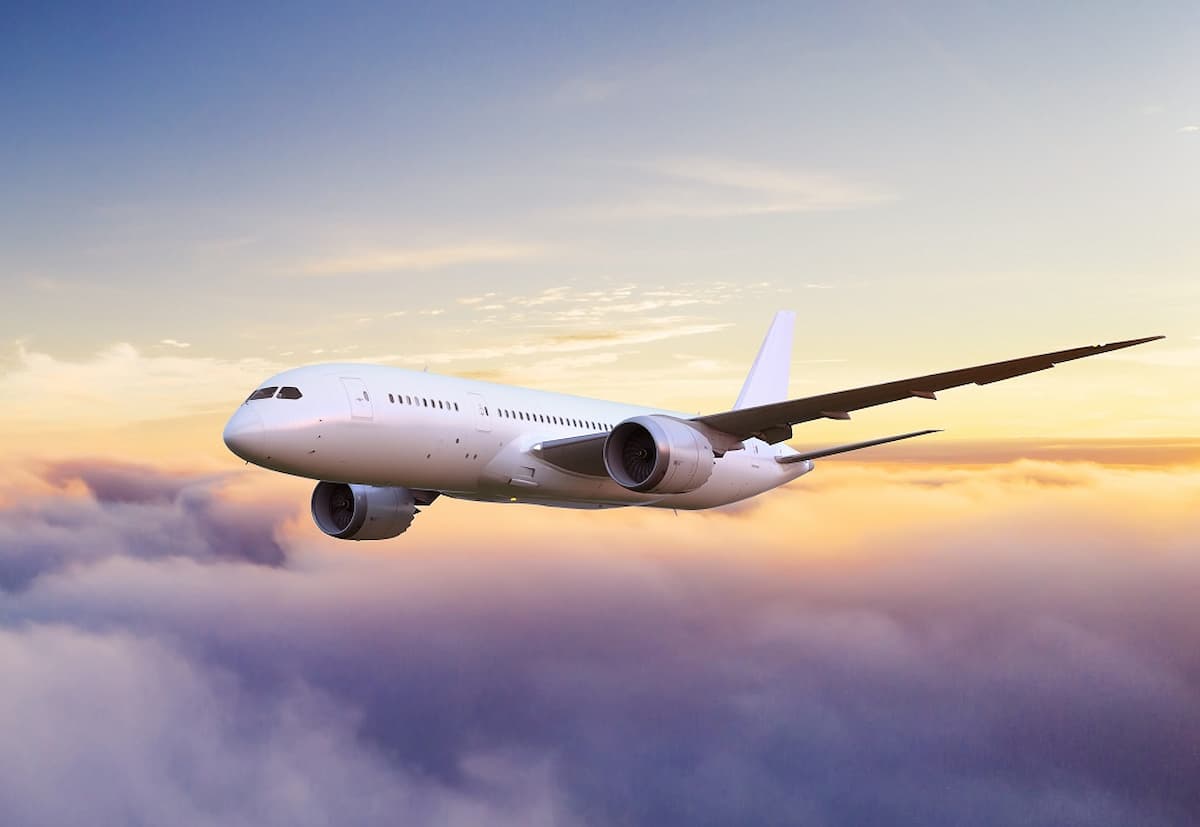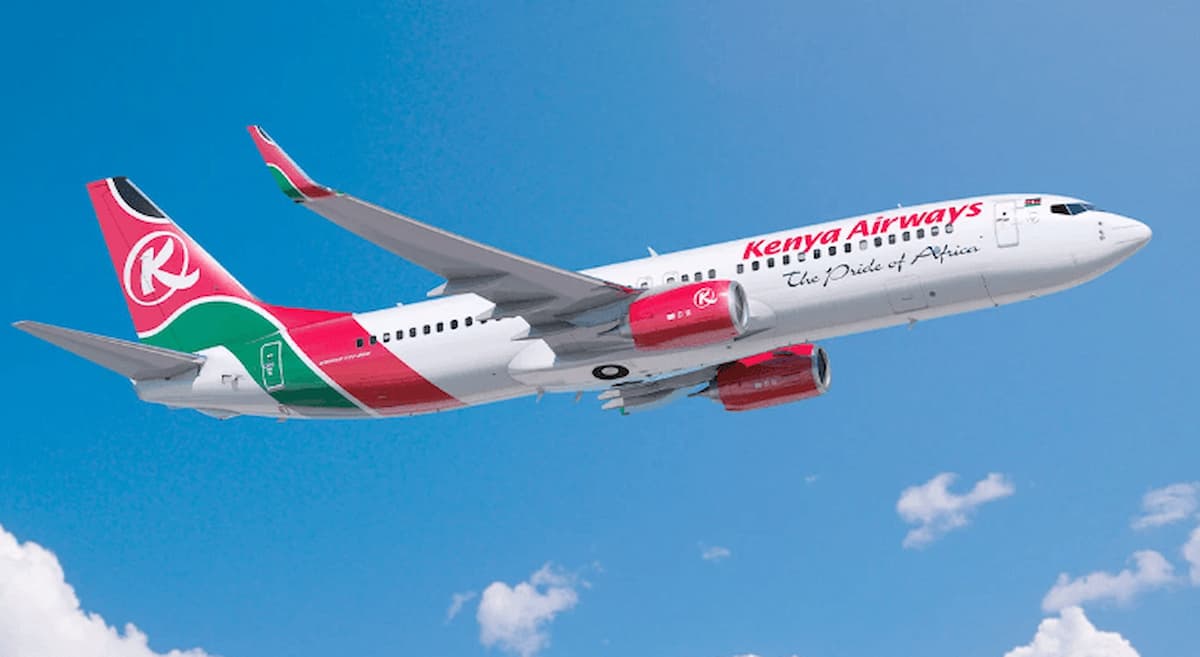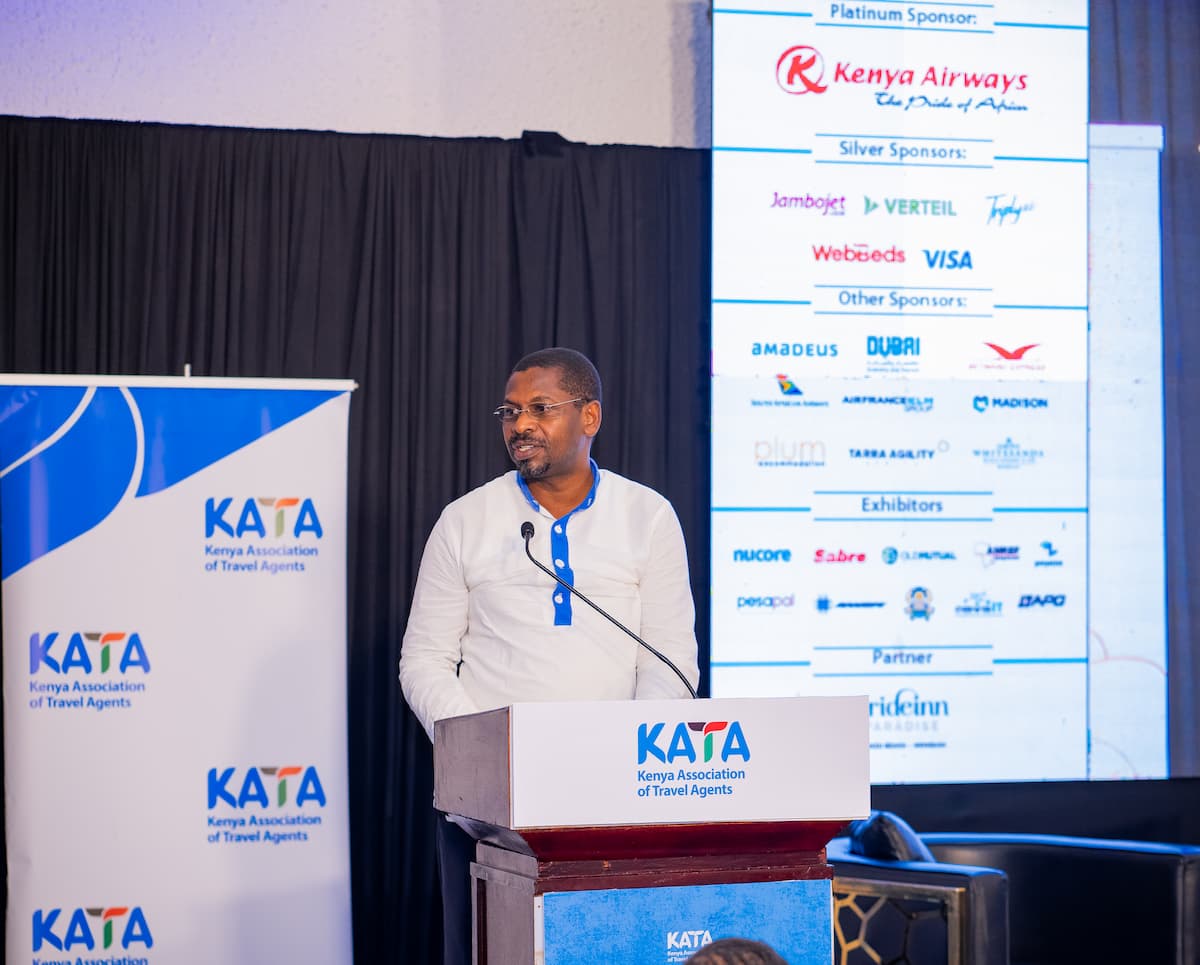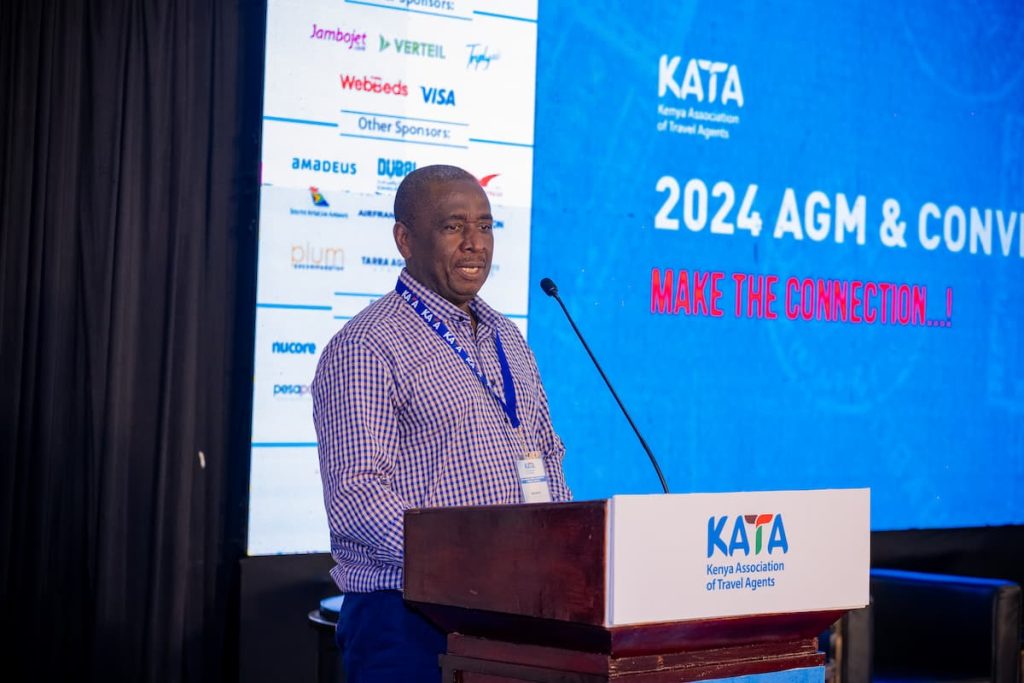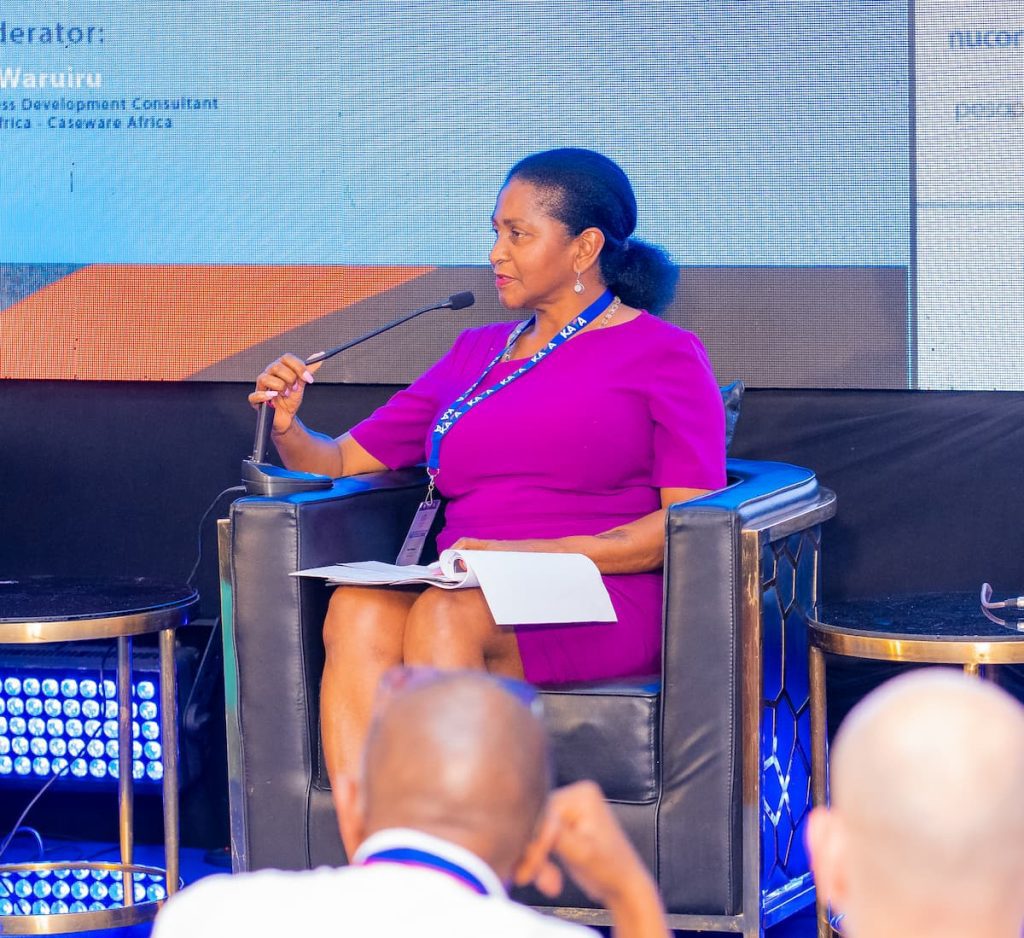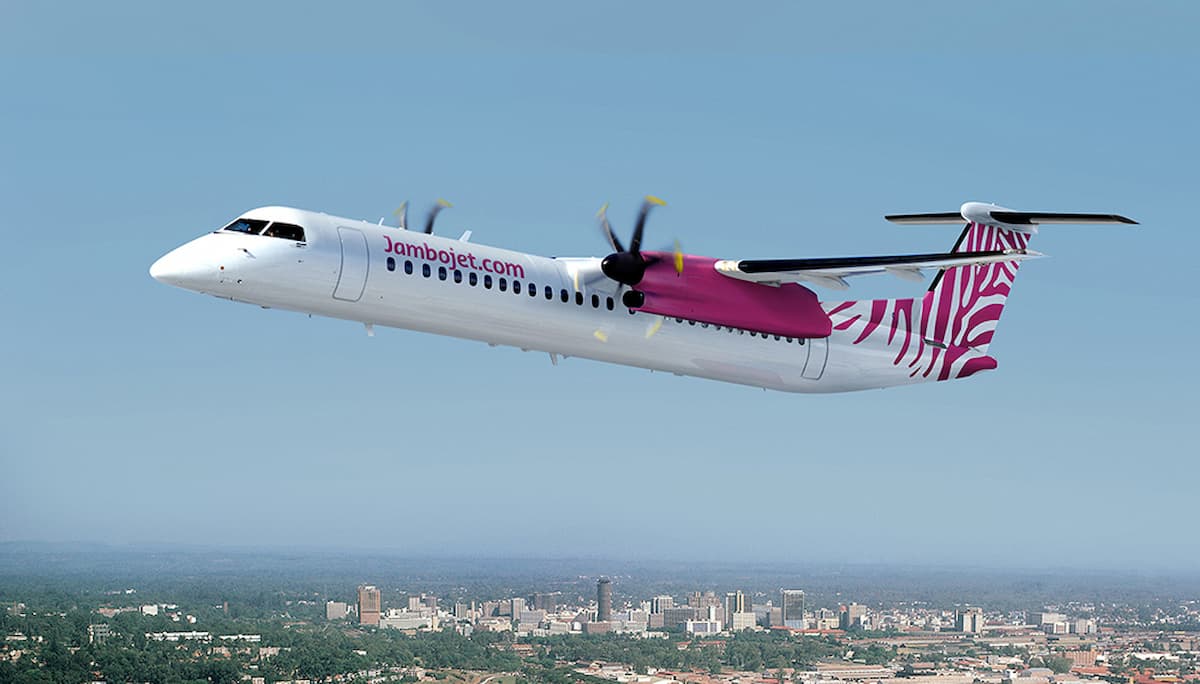South Africa’s MICE industry has bounced back from the effects of the COVID-19 pandemic, according to Gary Koetser, CEO of Century City Conference Centre and Hotels in Cape Town.
In an interview with Tourism Update, Koetser said the MICE industry “took a hell of a knock during COVID”, and that there was much talk at the time that conferencing would never be the same again.
However, in retrospect, there were many positives for MICE that came out of COVID, Koetser believes.
One of these positives was that people realised the critical need for in-person meetings and interactions.
‘Doing unbelievably well’
Koetser said that, in fact, the MICE industry was doing unbelievably well, and he provided the following stats from Century City to prove his point:
Average size of conferences has increased by 26% in Q1 of 2024 compared with Q1 of 2023.
Revenues have grown by 24% in the Conference Centre when comparing Q1 of 2024 with Q1 of 2023.
Delegates attending conferences have a longer length of stay. The average length of stay from conference delegates is 15% longer than other market segments such as traditional corporate and leisure guests. They stay for the conference and then have either added on days to their itinerary for other meetings or leisure.
11 International conferences are already secured for the next 12 months compared with six in the previous year. These conferences will bring over 6 000 delegates to Century City and amount to approximately R40 million (€2m) in revenue for the local economy.
Booking pace is up 15% this year compared with last year for the next six months (July-December), and forecasted to be 21% up on revenue compared with the same period last year.
R15 million (€758 660) investment into a new venue, The Verve, and refurbishment of the Conference Centre, which commenced in July 2023 and was fully completed in March 2024.
“Some hotels can host up to 300 delegates, maybe 350 at a push, and then the Cape Town International Convention Centre can accommodate the larger conferences from 1 500 delegates upwards. Therefore our Conference Centre was purpose-built for conferences between 350 and 1 200 delegates,” said Koetser.
He added that the Conference Centre was driving occupancy into the six or seven surrounding hotels, which are all within walking distance of the Conference Centre as well as foot traffic into the numerous restaurants in the area. Shopping at the neighbouring shopping centre Canal Walk was also very popular with conference attendees.
‘Confercation
Koetser said Century City had coined a new phrase – ‘confercation’ – (conferencing with vacation), similar to the ‘bleisure’ trend, and that it seemed to be increasingly popular.
“We’re also seeing an increase in, and it is something that we are promoting, bringing your partner with you when you come to Cape Town for a conference. And this is something we’ll be promoting soon, partners staying for free when traveling with their spouse to a conference.”
He also said that Century City was seeing a longer average length of stay for delegates conferencing at the Centre due to Cape Town being an attractive city for both business and leisure.
SME involvement
Century City Conference Centre is currently busy with numerous initiatives to involve SMEs in the MICE sector.
“We’re creating an art gallery within our Centre, all comprising young, up-and-coming previously disadvantaged artists to showcase their various pieces of art. There’s a story of them as the artist and their background, and then a story about the actual piece of art that they are displaying.”
Century City Conference Centre has also approached other SMEs to showcase their products at the property. For example, the women in the townships who are making beaded bangles and bags.
“We’re going to give them space in the Conference Centre, almost creating a ‘mini arts and craft market’ where conference attendees can go and buy from these small entrepreneurs that are making unbelievable products from recycled materials,” said Koetser.
Its food and menus also add to the African experience in the Centre, such as a Bo-Kaap Cape Malay-type menu or a traditional South African braai menu.
‘Share sustainability ideas’
Koetser highlighted that, in addition to large corporations and associations asking for Broad-Based Black Economic Empowerment scorecards or safety and security measures before they could do business, they are now also asking to see data from a sustainability point of view.
“We’ve partnered with a company that provides software to measure our sustainability efforts so that we can hold ourselves accountable in terms of showing impact month-on-month, year-on-year”.
“We also make sure that we use the right suppliers that use sustainable materials and that our solar panels are working optimally. A significant contributor to our sustainability efforts is the dual plumbing system throughout our Conference Centre and Hotels. This allows the use of effluent water for toilet flushing, irrigation and potable water for taps and showers.”
He added that there is pressure on the MICE industry to improve its sustainability initiatives and that many corporations shouldn’t use it as a competitive advantage but rather share ideas and initiatives which will benefit the industry as a whole in the future.
“I think the catchphrase for sustainability going forward is going to be accountability, but also transparency,” Koetser concluded.
Source: Tourism Update.

